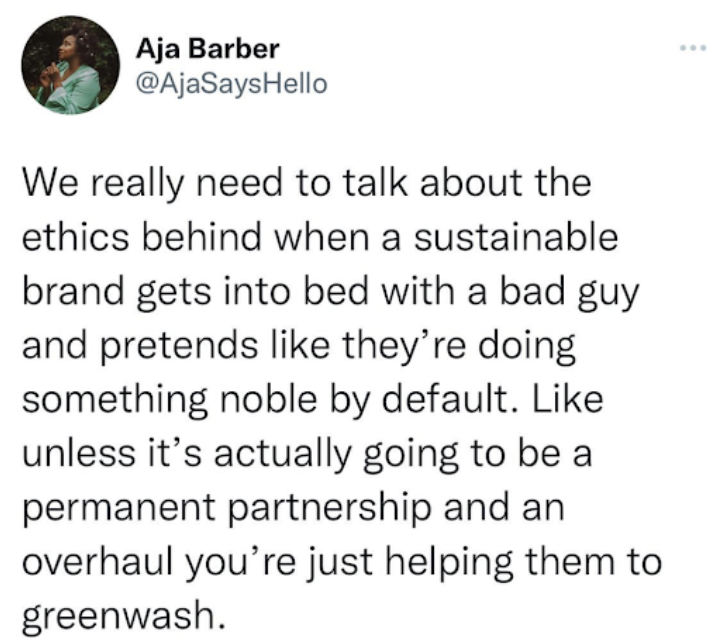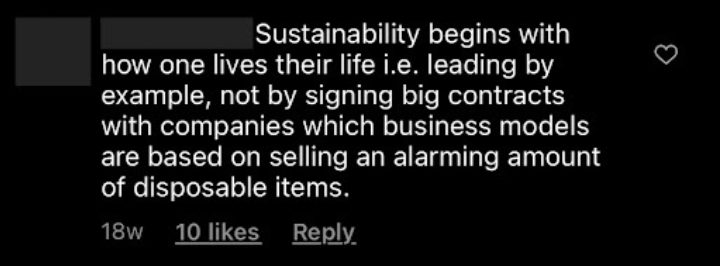Reduce, Reduce, Reduce!

2023 comes to us with new resolutions and much hope that vast negativity surrounding socio-political and environmental causes will take a turn for the better in the months ahead. This coincides with the fast upcoming Lunar New Year (January 22nd) marked as the time of ‘water rabbit’, an ancient symbol of longevity, peace, and prosperity in celebrating cultures. Thus, many anticipate 2023 to be the year of hope.
Oxford dictionary defines hope as ‘a feeling of expectation and desire for a particular thing to happen’ and like any emotion can be fleeting unless is followed by meaningful actions, which make it reality. So, 2023 will become a year about brands translating said hope into tangible results.
This year tangible assets will continue to be more important than ever with the population on the rise.
Some projections state that in 2023 the world population will surpass 8 billion, other calculators say that we have already entered the new year with this number. Whichever it is, it suggests that global purchasing power parity (PPP) will grow eliciting higher appetites for the purchase of goods.
Respectively, the future of brands for 2023 and beyond is tightly knitted with the future of consumption. In simple terms, the higher the world population, the higher the need for more new products, new packaging, new houses, new office buildings, new transportation, new infrastructure… But more of ‘new’ everything can only put a further strain on the resources and the environment.
With 28th July 2022 being marked as Earth’s overshoot day (day that humanity’s demand for resources exceeds the resources Earth can re-generate within that year), no one can really afford to produce more, especially not in the way it’s been done to date. Sand shortage is said to echo the construction industry, single-use plastics ban will require alternatives and behavior change, latest proposal for a revision of EU legislation on packaging and packaging waste will require new strategies, supply chain delays, material and resource shortages will continue to spike the prices and extend lead times. These are just the tip of the iceberg for 2023. Subsequently, degrowth as a solution might be possibly tested as a business case study.
But how can we produce less when there is more of us? How can we deny some people what others have been able to get easily and freely? How can brands restrain ambitions for growth by means of new physical products and what could their alternatives be? Are the ideas of degrowth feasible or could they result in further destabilization of supply chains and result in job loss rather than well-being? These are some of the topics that will be discussed at the Drapers Sustainable Fashion Conference this March and we cannot wait to hear insights from industry leaders as well as contribute to the conversation on sustainable procurement.
With sensitivity to these insights, we will be conducting in-house research to come up with the best CMF, material and procurement strategies with which we will be able to support brands of tomorrow and thus help to pave the way in ‘reduce, reduce, reduce’!


This begs us to revisit the hype behind the well-known 3R’s for the environment “Reduce, Reuse, Recycle” or it’s 5R extended counterpart “Refuse, Reduce, Reuse, Repurpose, Recycle”. These might seem boring, uninteresting and elicit little response from consumers who have been - in varying intensity - bombarded with these statements since 1970/80s. Especially as most messaging has been delivered in an exponential manner throughout the last decade - by self-proclaimed ‘sustainably progressive’ brands - some consumers might even react with frustration, which can be easily spotted via many social media responses. Some are pasted alongside this article.
These consumers don’t need another brand telling them what that is and how they can incorporate it into their lives, these consumers want to see brands validate these appraisals by incorporating them themselves in a tangible manner that is void of ‘green-washing’. With 2023 in full spin, the goals that brands set for 2025 will feel ever more pending and in need of brewing successful results.


This is where some of the ideas mentioned begin to overlap. The future of brands and the future of consumption might need to incorporate degrowth strategies through strict ‘Reduce’ and/or ‘Refuse, Reduce’ policies. Some of these could include listed below:
1. Reduce
- Number of physical products produced each season / year
- Number of parts / SKUs
- Number of materials used, so that produce can be more easily repaired and reused and later recycled
- Reliance on virgin and non-recyclable materials
- Layers of packaging
- Your supply chain (both in terms of distance and components)
- Product promotion in favor of promoting experiences over ownership
Our hope at NCPH for 2023 is that we can make better things and make a change together.
Posted 18 January, 2023 by Katie Kubrak